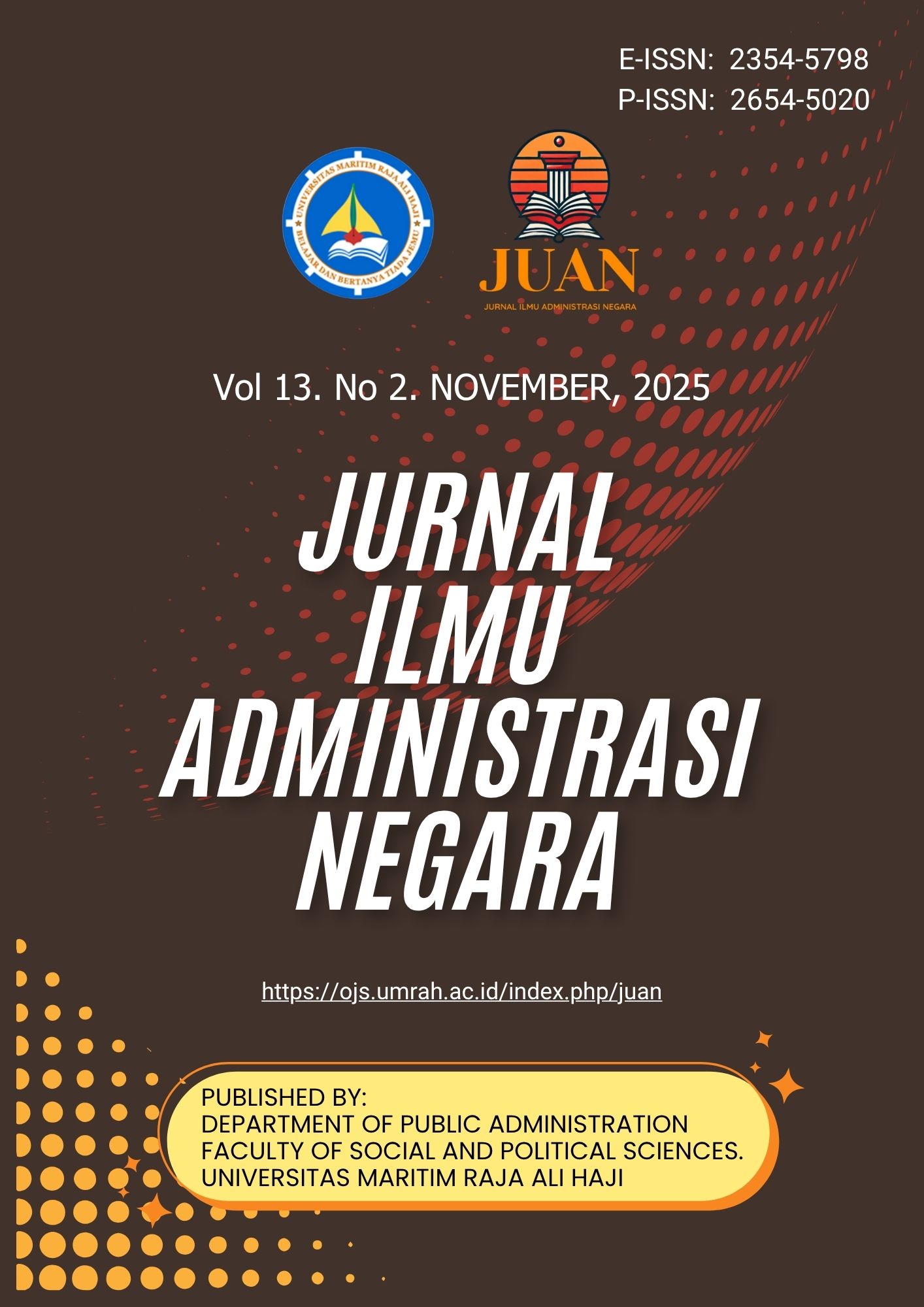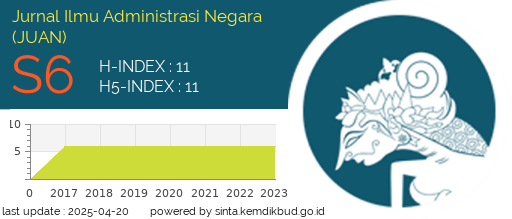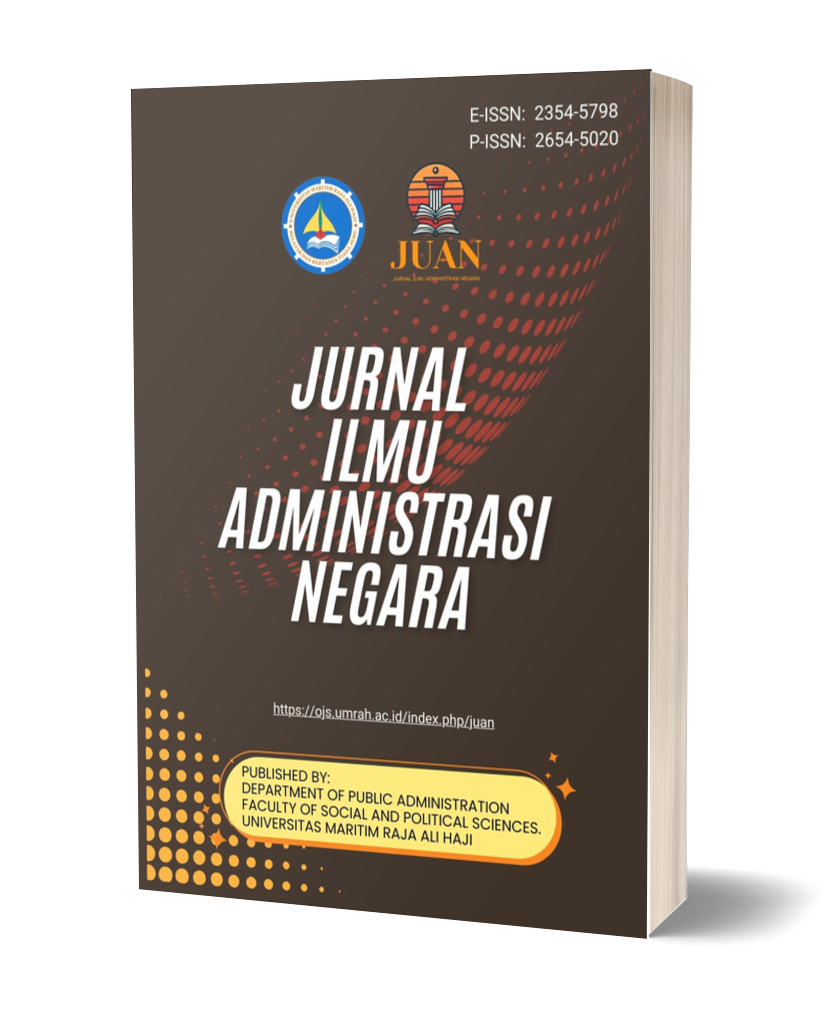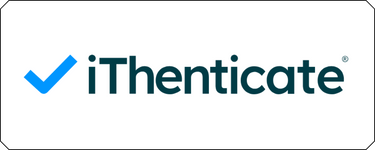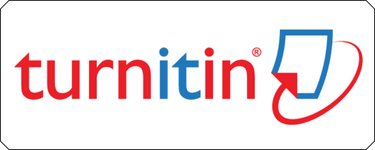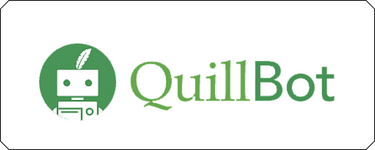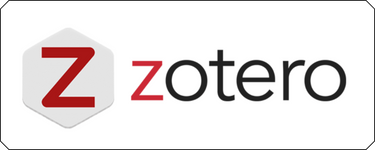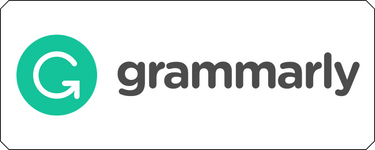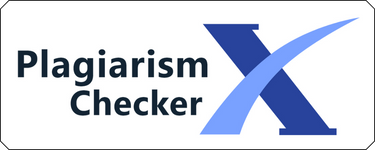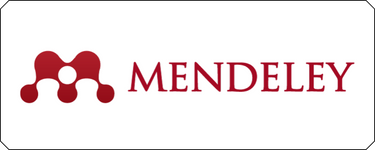Role of Village Government in Combating Illegal Gold Mining (PETI) at the Batang Teso Irrigation Dam, Marsawa Village, Riau
DOI:
https://doi.org/10.31629/juan.v13i2.7828Keywords:
Role, Village Government, Illegal Gold MiningAbstract
Illegal gold mining without a permit (PETI) at the Batang Teso Irrigation Dam in Marsawa Village, Kuantan Singingi Regency, Riau Province, has become a serious environmental and social issue due to its destructive impacts and lack of government supervision. The activity not only causes water pollution and ecosystem degradation but also endangers the health and safety of local communities. This research aims to analyze the role and involvement of the village government in mitigating illegal gold mining activities and to identify the collaborative strategies employed to control and prevent PETI in the Batang Teso area. Using a qualitative research approach combined with a literature review and case study method, data were collected through interviews with village officials, security forces, local communities, and related institutions, as well as through document analysis and field observations. The findings indicate that illegal mining has led to severe water contamination caused by mercury waste, the destruction of the irrigation system, and the decline of Batang Teso’s function as a community tourism site. Mitigation efforts have been conducted through cooperation between the village government, the Kuantan Singingi Police (Polres Kuansing), the Indonesian National Armed Forces (TNI), and the Department of Environment. These efforts include strict enforcement actions, socialization programs, public education, and community empowerment to promote alternative livelihoods that are environmentally sustainable. The study concludes that strong synergy between the village government, law enforcement agencies, and the community plays a crucial role in reducing illegal mining activities. Continuous supervision, legal enforcement, and sustainable livelihood programs are essential to protect both the environment and public health around the Batang Teso Irrigation Dam.
Downloads
References
Anjami, T., & Nurhamlin, N. (2017). Dampak Sosial Penambangan Emas tanpa Izin (Peti) di Desa Sungai Sorik Kecamatan Kuantan Hilir Seberang Kabupaten Kuantan Singingi. Jurnal Online Mahasiswa Fakultas Ilmu Sosial Dan Ilmu Politik Universitas Riau, 4(2), 1–13. https://www.neliti.com/publications/187133/
Bouty, A. A., Riogilang, H., & Mangangka, I. R. (2022). Analisa Potensi Pencemaran Merkuri Pada Sungai Ongkag Dumoga Akibat Kegiatan Pertambangan Emas Tanpa Izin (PETI). TEKNO, 20(82), 537–544. https://doi.org/10.35793/JTS.V20I82.44146
Coast, J., & Jackson, L. (2017). Understanding primary data qualitative. In Qualitative Methods for Health Economics. Bloomsbury Publishing.
Creswell, J. W., & Creswell, J. D. (2018). Research design. Qualitative, quantitative, and mixed methods approaches (5th ed.). SAGE Publications.
Damar, M. P., Pangemanan, F. N., & Waworundeng, W. (2022). Fungsi Pemerintah Dalam Menertibkan Pertambangan Emas Tanpa Izin (Peti) Di Desa Laine Kecamatan Manganitu Selatan Kabupaten Kepulauan Sangihe. GOVERNANCE, 2(1), 1–12. https://ejournal.unsrat.ac.id/v3/index.php/governance/article/view/40167
Douw, R. Y., Maming, M., & Yassi, A. (2021). Dampak Penambangan Emas Tanpa Izin (PETI) Terhadap Makrozoobentos Di Perairan Sungai Bodi, Desa Bodi, Kecamatan Paleleh Barat Kabupaten Buol, Provinsi Sulawesi Tengah. Jurnal Ecosolum, 10(2), 59–69. https://doi.org/10.20956/ECOSOLUM.V10I2.18377
Firman, T. (2017). Fungsi Pengawasan Pemerintah Kecamatan dan Desa dalam Menagani Pertambangan Emas tanpa Izin Di Desa Nanga Suruk Kecamatan Bunut Hulu Kabupaten Kapuas Hulu. Governance, Jurnal S-1 Ilmu Pemerintahan, 6(1), 1–18. https://jurmafis.untan.ac.id/index.php/governance/article/viewFile/1363/1243
Junaidi, J. (2022). Pertambangan emas tanpa izin (PETI) dan kesejahteraan keluarga di sekitar wilayah pertambangan. E-Jurnal Ekonomi Sumberdaya Dan Lingkungan, 11(1), 61–74. https://doi.org/10.22437/JELS.V11I1.18988
Melian, M., Pudiansa. Pico, Gumanti, R., Reflis, R., & Utama, S. P. (2024). Pertambangan Emas Tanpa Izin (PETI), Dampak Lingkungan, Sosial dan Ekonomi Serta Peranan Hukum Lingkungan di Kabupaten Lebong, Provinsi Bengkulu. INSOLOGI: Jurnal Sains Dan Teknologi, 3(3), 339–344. https://doi.org/10.55123/INSOLOGI.V3I3.3578
Niwele, A. V., Mataheru, F., & Taufik, I. (2022). Penanggulangan Penambangan Emas Illegal. SANISA: Jurnal Kreativitas Mahasiswa Hukum, 1(2), 54–64. https://doi.org/10.47268/SANISA.V1I2.758
Octaviana, E., Ulfah, M., & Harjanti, D. T. (2023). Dampak Sosial Peti Bagi Kelangsungan Hidup Masyarakat Di Desa Tanjung Hulu Kecamatan Sepauk. Jurnal Pendidikan Dan Pembelajaran Khatulistiwa (JPPK), 12(1), 105–115. https://doi.org/10.26418/JPPK.V12I1.61376
Prianto, Y., Djaja, B., Rasji, R., & Gazali, N. B. (2019). Penegakan Hukum Pertambangan Tanpa Izin Serta Dampaknya Terhadap Konservasi Fungsi Lingkungan Hidup. Bina Hukum Lingkungan, 4(1), 1–20. https://doi.org/10.24970/bhl.v4i1.80
Putra, M., & Hasanuddin, H. (2016). Kebijakan Pemerintah Kabupaten Kuantan Singingi dalam Pengendalian Kerusakan Lingkungan Hidup Akibat Pertambangan Emas tanpa Izin (Peti) Tahun 2013-2015. Jurnal Online Mahasiswa Fakultas Ilmu Sosial Dan Ilmu Politik Universitas Riau, 3(2), 1–15. https://www.neliti.com/publications/187728/
Putri, H. A. (2020). Penegakan Hukum Terhadap Pertambangan Emas Tanpa Izin oleh Kepolisian Sektor Kecamatan Singingi [Universitas Islam Indonesia]. https://dspace.uii.ac.id/handle/123456789/32349
Rafi, A. I., Lestari, P., Hariri, M. R., Maulana, A. F., & Prasetyo, E. (2023). Pertumbuhan Organ Vegetatif Tanaman Multi Fungsi Petai (Parkia Speciosa) dari Biji Hingga Siap Tanam. Agrifor : Jurnal Ilmu Pertanian Dan Kehutanan, 22(1), 133–142. https://doi.org/10.31293/AGRIFOR.V22I1.6517
Saputra, R. A. V. W. (2023). Model Komunikasi Bencana Dalam Pemberantasan Penambangan Emas Tanpa Izin (PETI). Al-Ittishol; Jurnal Komunikasi Dan Penyiaran Islam, 4(2), 1–17. https://doi.org/10.14710/jil.9.2.76-84
Sazeta, M. (2022). Analisis Stakeholder dalam Penanggulangan Pertambangan Emas Tanpa Izin (PETI) di Kabupaten Merangin. DEMOS: Journal of Demography, Ethnography and Social Transformation, 2(1), 1–22. https://doi.org/10.30631/DEMOS.V2I1.1279
Toft, M. D. (2000). Encyclopedia of Violence, Peace, and Conflict. Journal of Policy Analysis and Management, 19(4). https://www.proquest.com/openview/87090d0616ce94214686af23196acd22/1?pq-origsite=gscholar&cbl=48213
Valois-Cuesta, H., Martínez-Ruiz, C., & Quinto-Mosquera, H. (2025). A promising approach for soil remediation and revegetation of gold mines in the Chocó biogeographic region of Colombia. Ecological Engineering, 221, 107782. https://doi.org/10.1016/J.ECOLENG.2025.107782
Xu, P., Liu, G., Wang, Y., Zhu, Y., Wan, X., & Xu, H. (2025). Properties of UHPC products prepared by sawing mud and gold mine tailings via static pressure forming. Case Studies in Construction Materials, 23, e05257. https://doi.org/10.1016/J.CSCM.2025.E05257
Yu, T., Lv, M., Wang, F., Qu, C., Chen, Z., Wang, P., & Wu, H. (2025). Preparation of ceramsite from gold mine tailings, municipal sludge and limestone and its use in treatment of oilfield wastewater. Desalination and Water Treatment, 324, 101436. https://doi.org/10.1016/J.DWT.2025.101436
Zenebe, M., Tadesse, T., Birhane, E., Haile, M., Teka, K., Araya, T., Rannestad, M. M., & Meressa, A. M. (2025). Gold or crops: Preferences for agricultural land restoration practices in gold-mined landscapes in northern Ethiopia. Land Use Policy, 157, 107627. https://doi.org/10.1016/J.LANDUSEPOL.2025.107627
Zhao, Z., Ji, C., Wang, J., Zhu, L., Wang, D., & Tošić, N. (2025). Investigation of gold mine tailings as supplementary cementitious material: Performance and carbon footprint. Journal of Cleaner Production, 518, 145933. https://doi.org/10.1016/J.JCLEPRO.2025.145933
Downloads
Published
Issue
Section
License
Copyright (c) 2025 Lilis Tri Marsa, Hazqon Fuadi Nasution

This work is licensed under a Creative Commons Attribution-ShareAlike 4.0 International License.
You are free to:
- Share — copy and redistribute the material in any medium or format for any purpose, even commercially.
- Adapt — remix, transform, and build upon the material for any purpose, even commercially.
- The licensor cannot revoke these freedoms as long as you follow the license terms.
Under the following terms:
- Attribution — You must give appropriate credit, provide a link to the license, and indicate if changes were made . You may do so in any reasonable manner, but not in any way that suggests the licensor endorses you or your use.
- ShareAlike — If you remix, transform, or build upon the material, you must distribute your contributions under the same license as the original.
- No additional restrictions — You may not apply legal terms or technological measures that legally restrict others from doing anything the license permits.

